"A twenty billion dollar industry by the ancient Egyptian artifacts mafia, which equals four times the income of the Suez Canal annually". These were words of a news report issued by a formal authority, yet at the same time these words were shocking. The mere shock about these words was simply the fact that these antiquities reflect the history of a nation that has struggled for more than seven thousand years, the fact that that date we have no authority over it, and that we were simply its guards.
There are numerous museums around the world, but only a number of them gain international fame and importance, and this world-class value was gained from the mass of the original ancient Egyptian history that they own. No museum acquires fame except through acquiring ancient Egyptian artifacts, specifically scarce ones. Moreover, these artifacts were not limited to museums that would display them but many of them decorate ancient palaces as well.
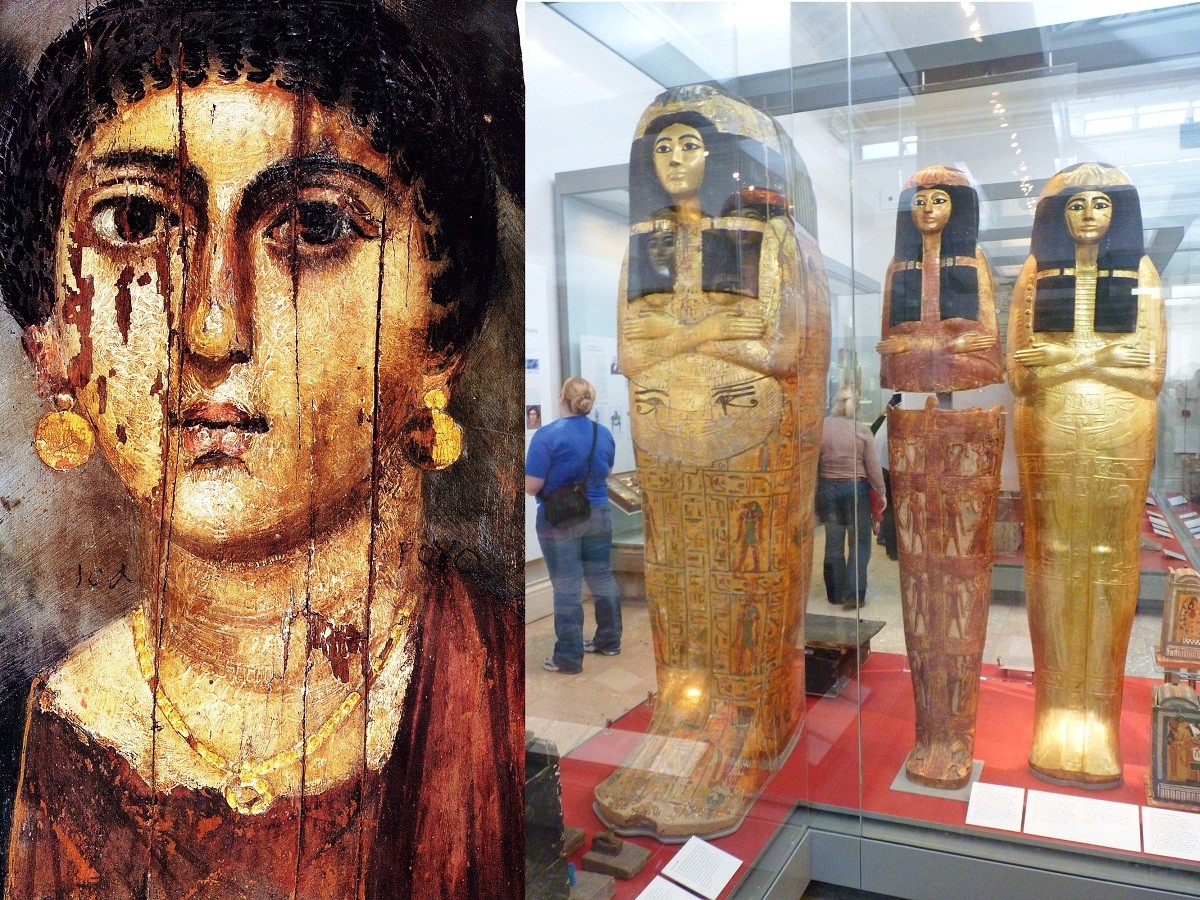
"Legal thefts" is not just the title of a book about the stolen Egyptian antiquities, but a legal publication that reviews mysterious pages of the history of theft, looting and smuggling of the effects of Egypt and its heritage in the last two centuries. Its importance comes from the book’s author Ashraf Ashmawi who was the legal advisor to the Supreme Council of Antiquities over the last decade. He is credited with the recovery of the smuggled Egyptian antiquities file and was successful in recovering more than 5,000 artifacts until the year 2011.

The book consists of four chapters, with the first reviewing the foundation of the legal system in Egypt regarding the protection of antiquities. It begins with the issuance of the first decree in 1835 regulating the handling of antiquities during the reign of Mohamed Ali Pasha, founder of modern Egypt. In addition, it details the establishment of the first archaeological museum. Furthermore, as well as the establishment of the first archaeological museum, the organization of the pits, and another regulation in 1874 allowed the system of apportionment of the discovered effects. Under these regulations, the artifacts are divided into two equal parts, or 50% for each party. Finally, in 1880, a legislation was issued, prohibiting the export of artifacts due to the increasing numbers of foreigners leaving Egypt with antiquities in their possession.
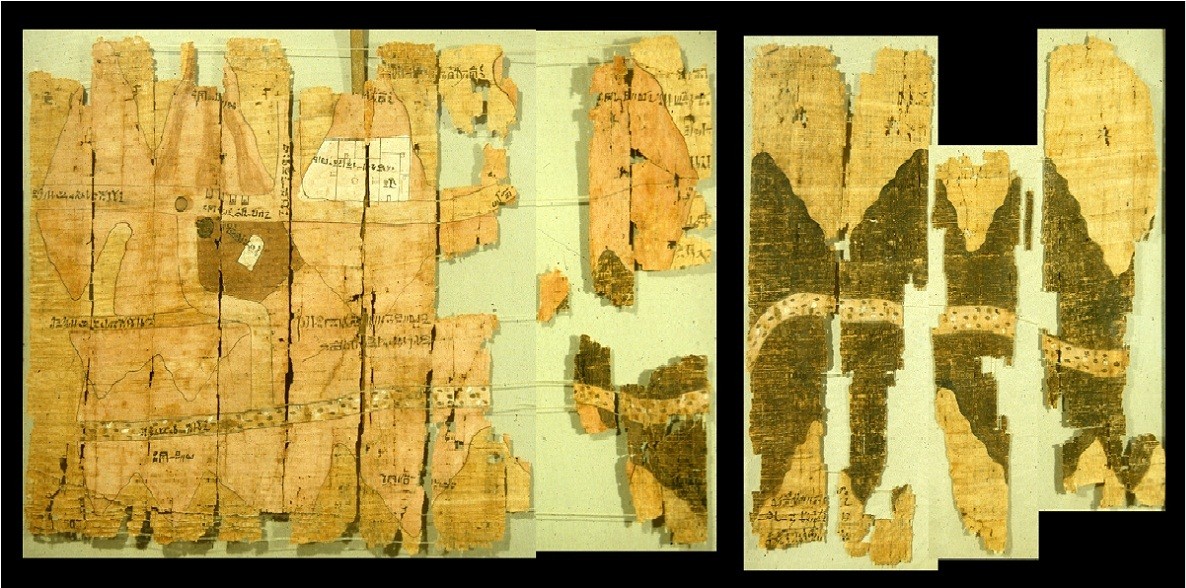
Then in 1912, decree no. 14 was issued, offering the first comprehensive law, which includes a definition of the impact and regulations of trafficking and penalties for violation of its provisions. The legislator excluded all Islamic monuments from exporting. Illegal trade in antiquities, and in 2010 Law No. 3 was issued, permanently prohibiting trafficking and trading through selling and purchasing.
In chapter two, the author states interesting facts regarding ownership, division of property, and gifting Egyptian artifacts as follows: "Upon walking throughout the Egyptian pavilion at the Metropolitan Museum of New York or the Louvre Museum in the capital city of Paris, you would be surprised by the number of Egyptian antiquities present, whose numbers in the British Museum of London outnumber what we have in those museums.” The third chapter discusses the retrieval of the artifacts smuggled out of Egypt. The fourth and final chapter deal with the restoration of antiquities from inside Egypt, describing the theft of antiquities throughout the forties and fifties of the twentieth century.

The Egyptian Geographic embarked on a tour of most prominent museums that gained their fame from hoarding smuggled ancient Egyptian artifacts over the past two centuries. These included nearly forty museums that exhibit nearly one million artifacts. The most iconic of these museums is the British Museum in London, which displays and excess of more than 100,000 pieces, not including the Wandorf collection donated to the museum in 2001, and include six million pieces dating back to prehistoric ages of both Egypt and Sudan.
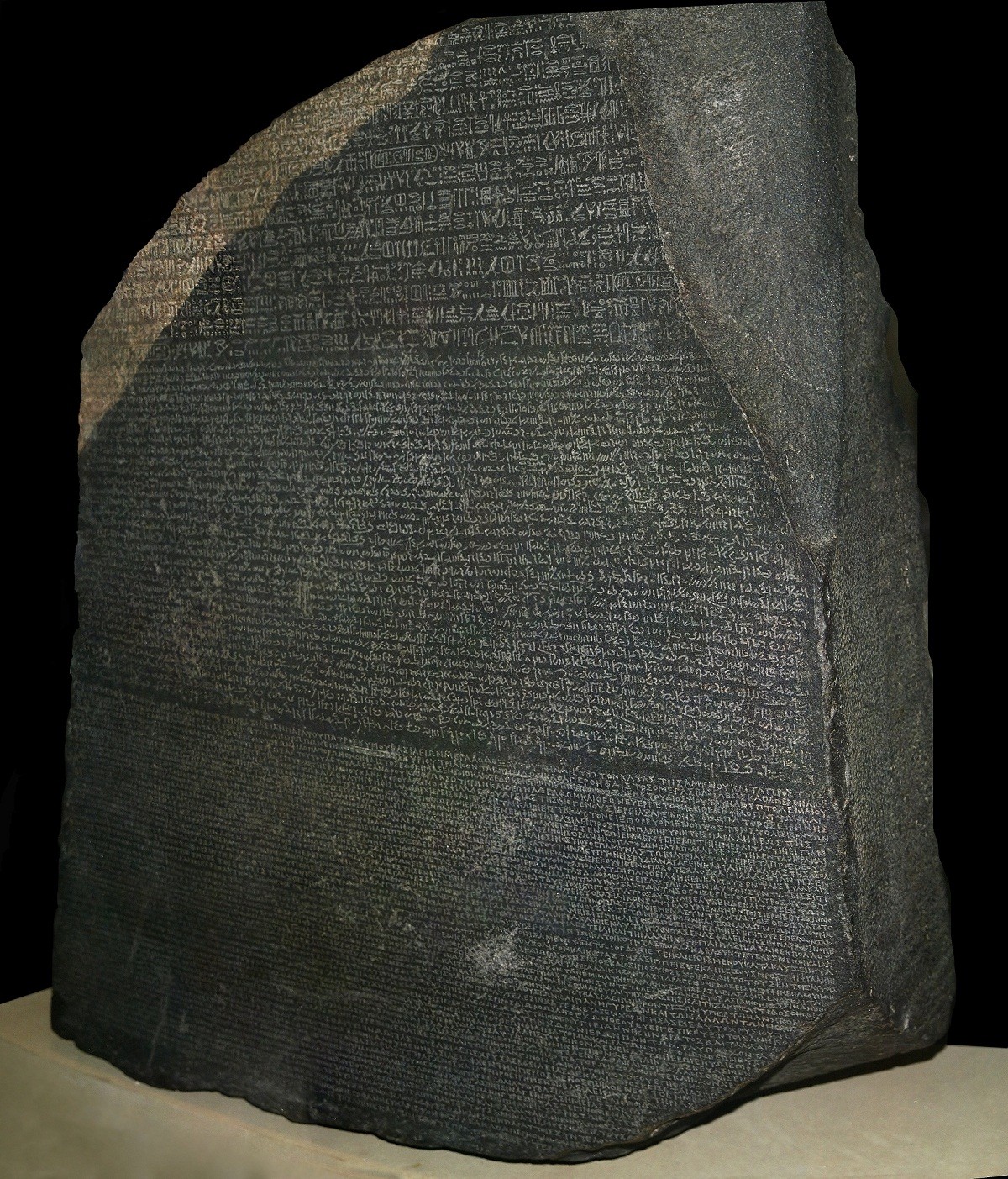
There are also the two new museums of Berlin, Germany, the Petrie Museum of Egeptian Archaeology each displaying more than 80,000 artifacts. Other such famous museums include the Louvre Museum in Paris with about 50,000 artifacts, and the two Boston Museums of Fine Arts, and the Kelsey Museum of Archaeology, with forty five thousand Egyptian artifacts each.
The top forty museums around the world also include Ben Selfania University of Archeology and Anthropology in the United States of America with about forty two thousand pieces, the Ashmolean Museum in Oxford displaying nearly forty thousand pieces, and the Italian city of Turin, Italy with about thirty three thousand pieces. Others include the Institute of East Chicago about 30,000 pieces, The Metropolitan Museum of Art in New York with some 26,000 pieces, and the Royal Ontario Museum in Toronto, Canada, with some 25,000 Egyptian artifacts.

The list further includes the UC Berkeley's Phoebe A. Hearst Museum of Anthropology with its excess of 17,000 artifacts, the Fitzwilliam Museum in Cambridge, UK, the World Museum in Liverpool, and British Manchester with more than 16,000 artifacts each. Others include the Egyptian Pavilion at the National Archaeological Museum in Florence, Italy sporting about 14 thousand pieces, and the Museum of Art History in the Austrian capital Vienna, where more than 12 thousand pieces of Egyptian antiquities are displayed.
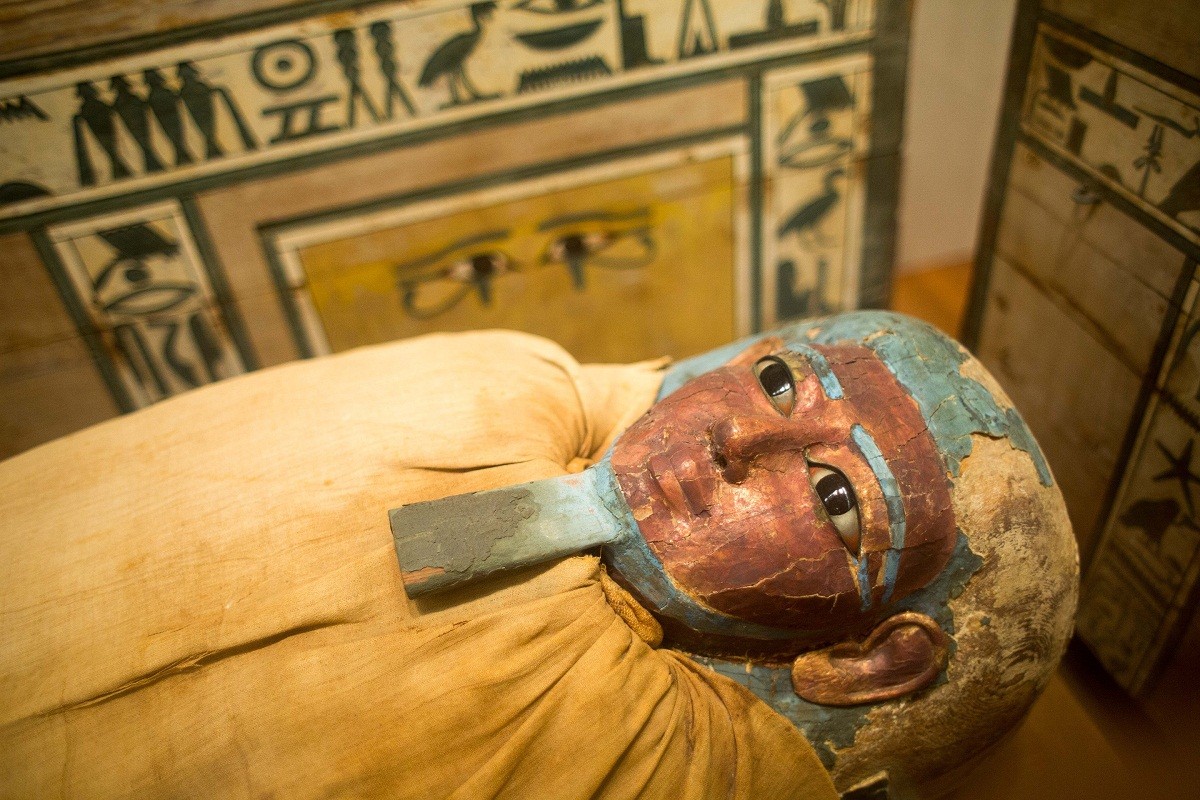
Some of the museums include less than 10,000 Egyptian artifacts, however, they are of great importance because of their value. Some of these include the National Archaeological Museum of Athens, the Pushkin State Museum of Fine Arts in Moscow, The Staatliches Museum Ägyptischer Kunst in Munchin, and Roemer und-Pelizaeus - Museum in Hildesheim, Germany. Others include the Egyptian Museum of the University of Leipzig, Germany with about 8000 pieces. More museums include the Hermitage Museum St. Petersburg Russian which hosts about 5,500 artifacts, The Dutch National Museum of Antiquities in Leiden, Holland, and the Peabody Museum of Natural History New Haven, Connecticut, with more than 5,000 artifacts.
Other museums with fewer than 5,000 artifacts include the Museum of Fine Arts in the Hungarian capital of Budapest and Rosicrucian Egyptian Museum in California, are home to about 4,000 artifacts each. Furthermore, the Field Museum of Natural History in Chicago and the Brooklyn museum in the United States with display of about 3500 pieces each. In addition, other museums include the Carnegie Museum of Natural History in Pennsylvania with about 2500 artifacts, the new Carlsberg in the Danish capital Copenhagen, and the Smithsonian National Museum of Natural History in Washington, DC with about 1900 pieces each. In addition, other museums include the Los Angeles County Museum of Art with about 1,600 pieces, the Museum of Fine Arts of Lyon, displaying about 1500 pieces, the Art Museum of the University of Memphis (AMUM) with about 1,400 pieces, and finally the Cleveland Museum of Art and the Freer Gallery of Art with about 1000 pieces in each museum.

Most of the more than 250 million visitors visited these museums in one year, and of course the French Louvre Museum , Which annually attracts about 9.3 million visitors, according to the 2013 census, most of whom came to watch the Egyptian section, which represents about 60% of the museum's holdings. There is also the National Museum of Natural History in the United States of America, which came in second place, To 8 million people visited, and the British Museum Ne, with 6.7 million visitors, and the Metropolitan Museum in New York, about 6.3 million visitors, the National Museum in Britain, about 6 million visitors, the Museum of Natural History in London, about 5.3 million visitors.
As for museums with fewer than 5,000 ancient artifacts, such as the Museum of Fine Arts in the Hungarian capital of Budapest and The Rosicrucian Egyptian Museum in California, which are home to about 4,000 artifacts each. In addition, other museums with similar collections include the Field Museum in Chicago, Archaeological Museum of Bologna, Italy, and Brooklyn, with about 3500 artifacts each. Moreover, similar collections are found in the Carnegie Museum of Natural History in Pennsylvania with about 2500 artifacts, the new Carlsberg museum in Copenhagen, the National Center of Natural History in Washington D.C. with about 1900 artifacts each. Others include the Los Angeles County Art, about 1,600 pieces, the Fine Arts in Lyon with about 1500 pieces, the University of Memphis with about 1,400 pieces, and finally both the Cleveland Museum of Art and the Free Art Gallery in Washington, DC with about 1,000 pieces each.
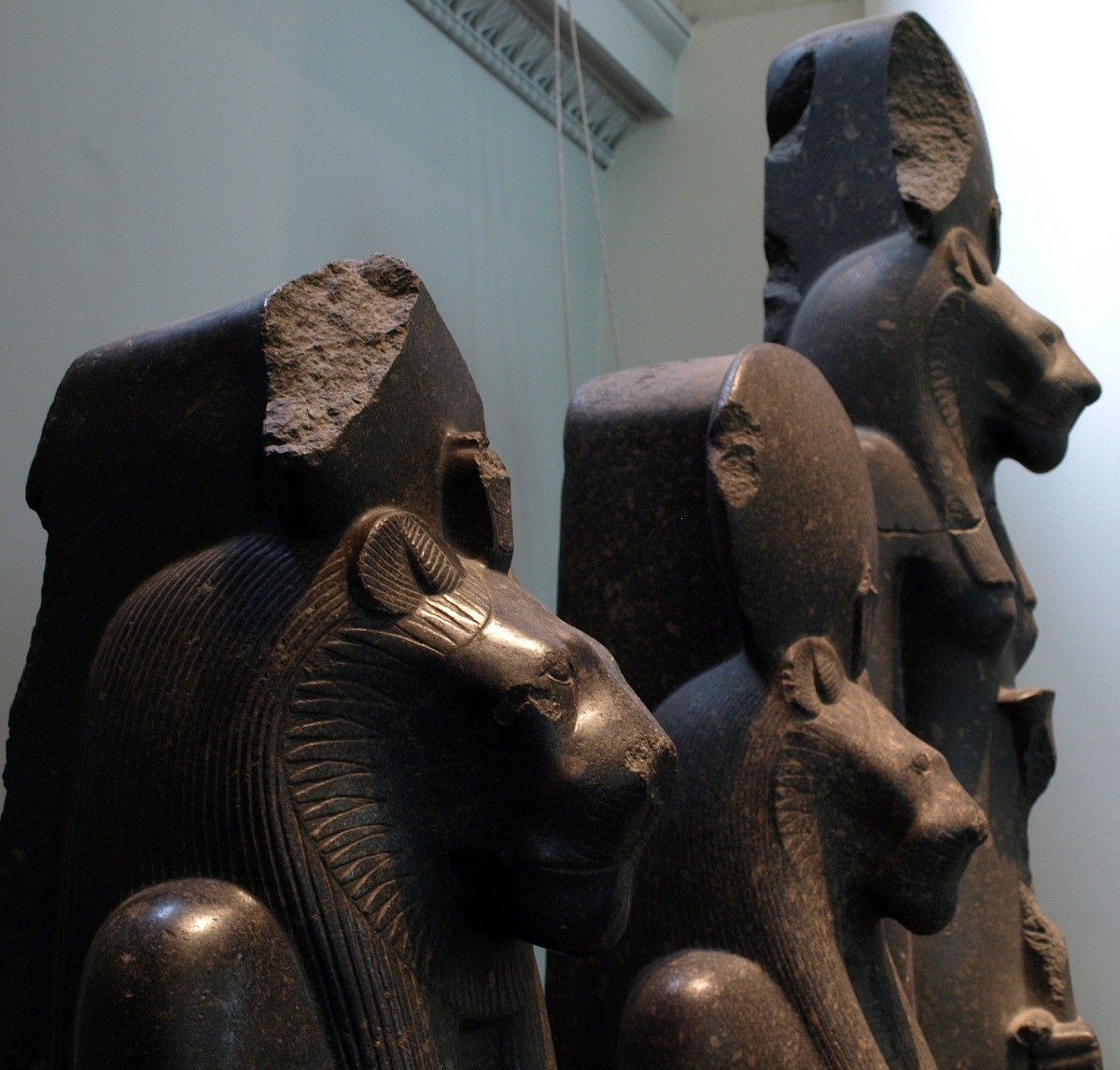
It is also interesting to know that this list includes several museums on a more iconic list, namely the most famous and frequently visited, as more than 250 million visitors visited these museums in one year. Topping the list is undoubtedly the French Louvre Museum, which annually attracts about 9.3 million visitors, according to the 2013 census, most of whom come to watch the Egyptian section, which represents about 60% of the museum's holdings. There is also the National Museum of Natural History in the United States of America, which came in second place with 8 million visitors, the British Museum with 6.7 million visitors, the Metropolitan Museum in New York with an annual log of about 6.3 million visitors, the National Museum in Britain with about 6 million visitors, and the Museum of Natural History in London with about 5.3 million visitors.




























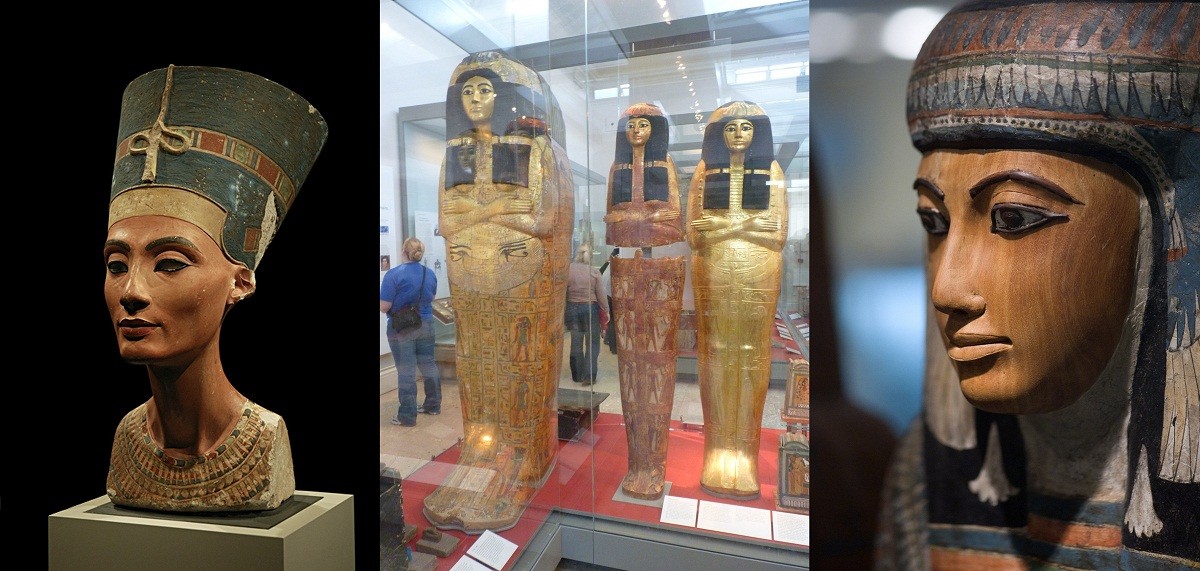









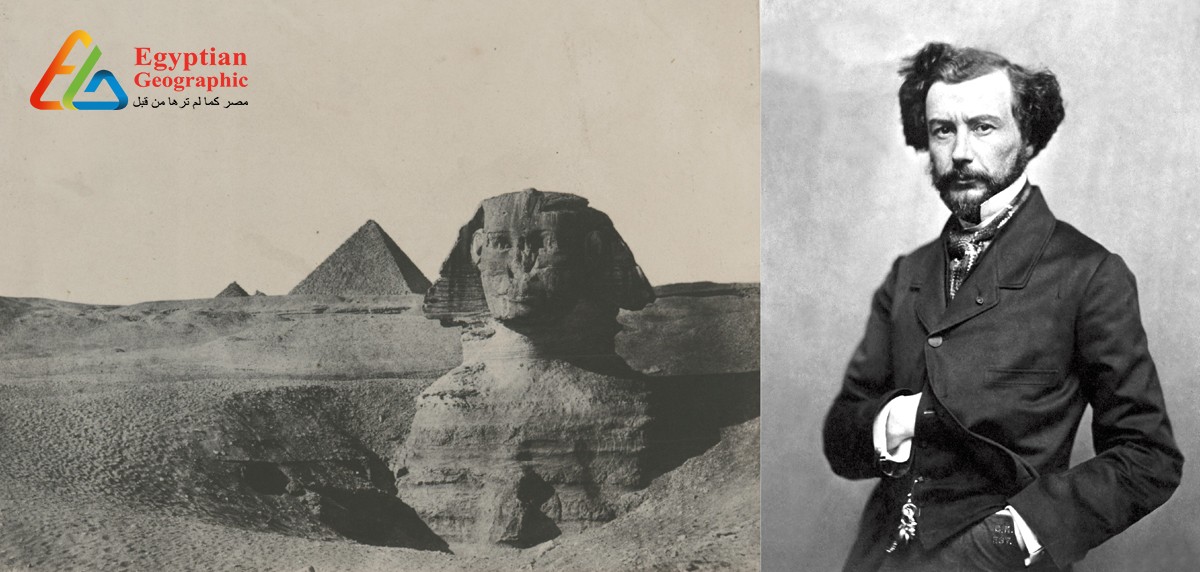
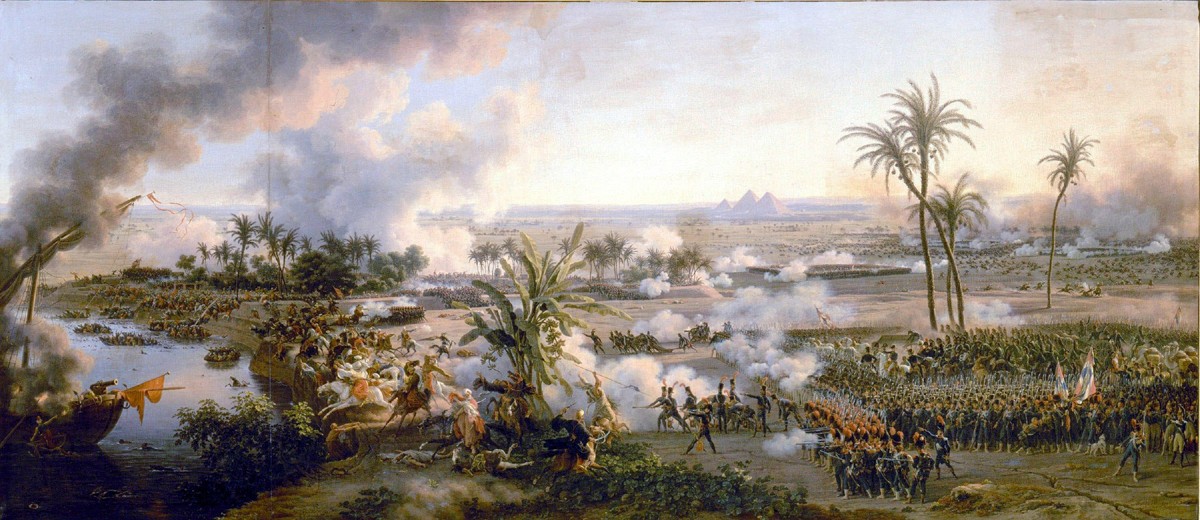



























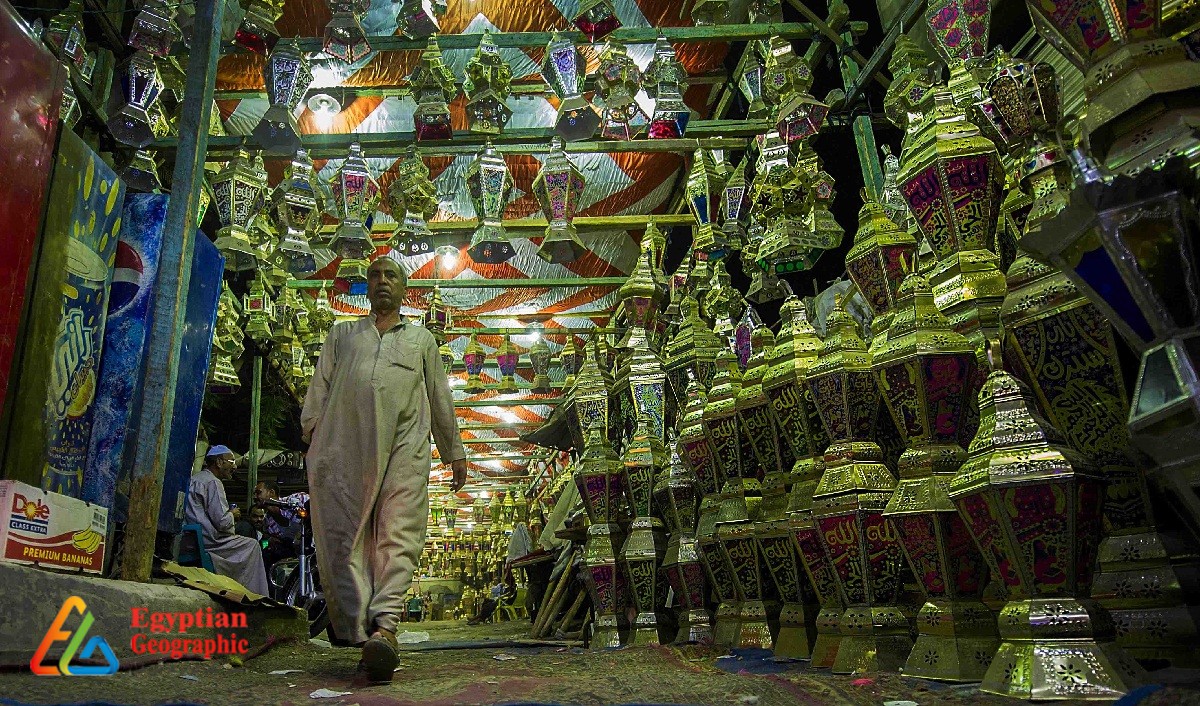
Egyptian Site & magazine